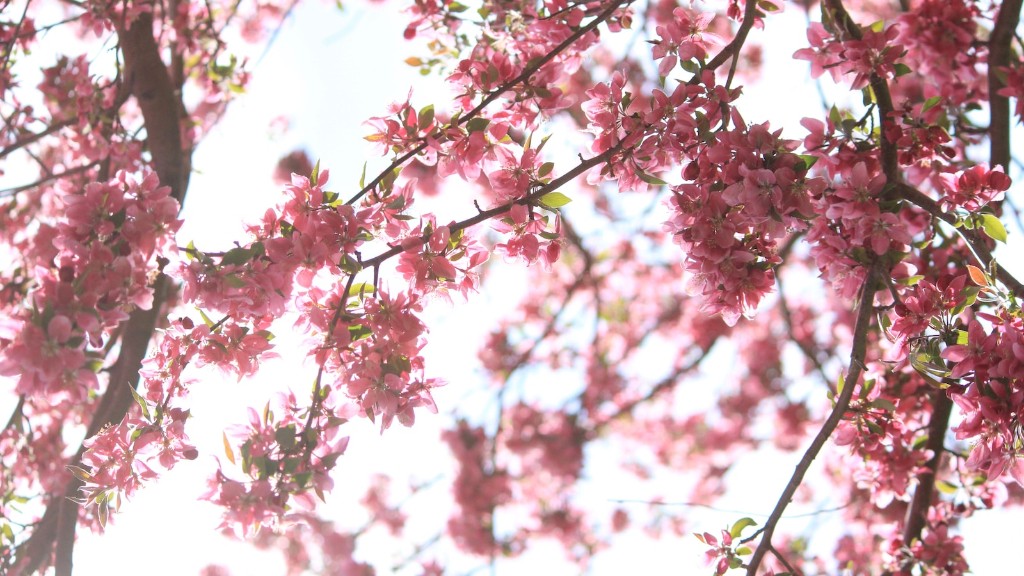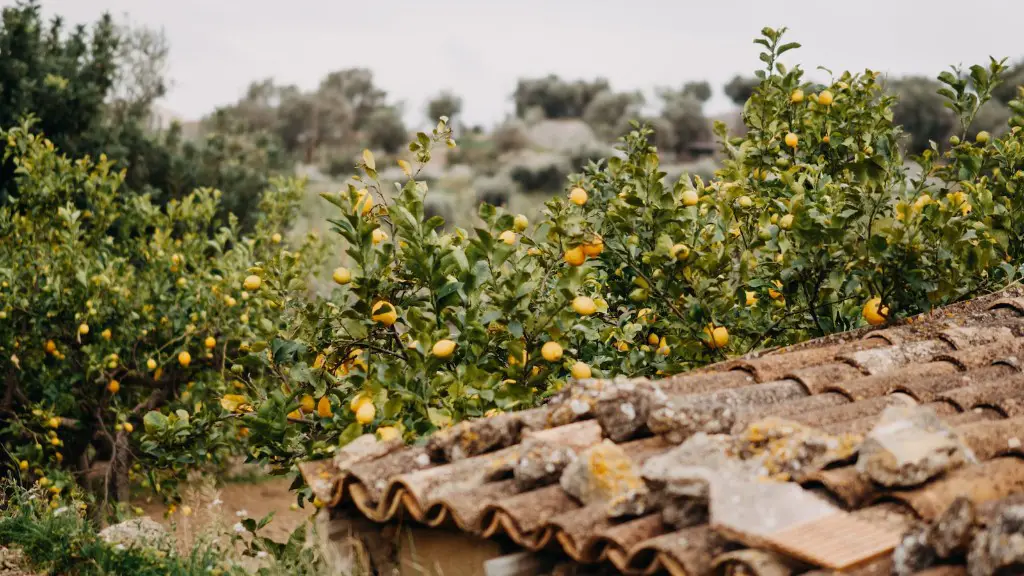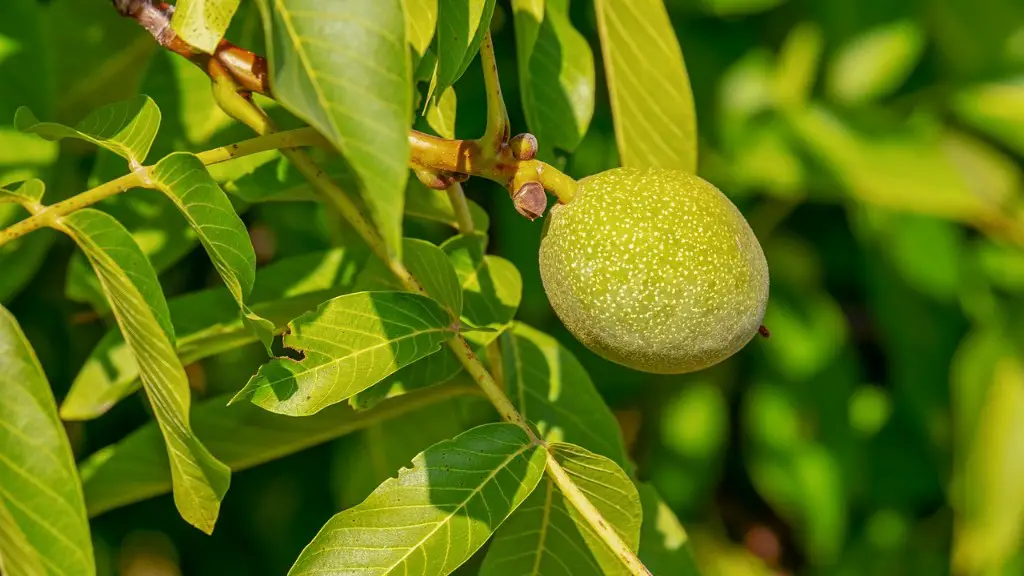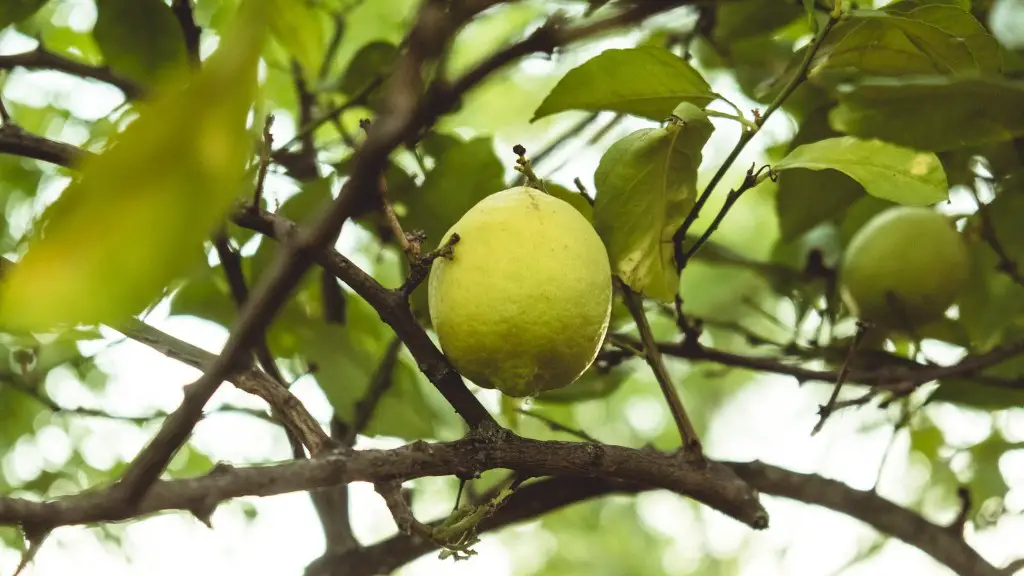A cherry tree can most certainly be grown in a pot! In fact, many fruit trees can be grown in pots, making them great for small spaces or for those who want to move them around easily. When choosing a pot, make sure it is big enough for the tree’s roots and has drainage holes to prevent the roots from rotting. It’s also important to use a potting mix specifically for fruit trees. Cherry trees need full sun and well-drained soil, so make sure to give your tree plenty of water and Position it in a spot where it will get at least six hours of direct sunlight each day.
A cherry tree can be grown in a pot, but it may not produce as much fruit as a cherry tree that is planted in the ground.
What is the best cherry tree to grow in a pot?
Cherries are a great fruit to grow in large containers, especially when semi-dwarfing or dwarfing rootstocks are used. Sour cherry trees are particularly well suited for this purpose since they are naturally less vigorous. This makes them ideal candidates for pot culture.
To ensure your trees have the best chance of thriving and producing fruit, follow these tips:
-Choose a suitably deep pot or container, with a minimum depth of 60 cm.
-Use mulch to help retain moisture and keep roots cool.
-Water regularly and deeply, especially once the fruit has appeared.
-Feed your trees once the fruit has set.
How long does it take for a cherry plant to bear fruit
Cherry trees generally start bearing fruit in their fourth year; dwarf trees bear fruit a year earlier. One mature, standard-size tart or sweet cherry tree will produce 30 to 50 quarts of cherries each year; a dwarf tree, about 10 to 15 quarts.
If your potted tree is not hardy enough for winters outdoors, it will need to be overwintered in an insulated shed or garage. Insecticidal Soap can be used to keep pests away. When frosts are near, move the container to a garage and keep the plant in darkness. Some people don’t water them at all during this time.
Do I need 2 cherry trees to get fruit?
If you want to grow sweet cherries, you will need to plant at least one other variety for cross-pollination. Many sweet cherry varieties cannot produce fruit from their own pollen and are considered self-unfruitful. These plants require cross-pollination for fruit set.
When growing cherry trees in containers, it is important to choose a pot that is large enough to accommodate the tree’s root ball. A 15 gallon pot is typically large enough for a 5 foot tree.
Can you train a cherry tree to stay small?
Cherry trees can be trained in different ways, but the initial pruning and training is the same for all types. You can train them either as a free-standing small tree (usually known as a bush), or as a fan tied on to wires spaced 30cm or less apart.
Coffee grounds are highly acidic, so they are best used for acid-loving plants like azaleas and blueberries. If your soil is already high in nitrogen, the extra boost from coffee grounds could stunt the growth of fruits and flowers.
Do cherry tree roots go deep
A cherry tree’s root system is key to its overall health and fruit production. A mature full-sized cherry tree will have a root system spanning 33 to 39 feet in diameter. As for depth, the roots wouldn’t grow beyond 3 feet deep. Dwarf cherries have a smaller root system that spans 10 feet wide and 1 foot deep.
Sweet and sour cherry trees are both easy to grow and provide a wide variety of uses. Sweet cherries are great for eating raw, and you’ll need at least 2-3 trees for pollination. However, there is a new dwarf sweet cherry tree that is self-pollinating and available in most markets. Sour cherries are perfect for baking and cooking, and you’ll only need one tree for pollination. Whether you’re looking for fresh fruit or cooked dishes, cherry trees are a great addition to any garden.
Do cherry trees need full sun?
Cherry trees need full sun and well-drained, fertile soil to thrive. Full sun is defined as at least 6 to 8 hours of sun each day. Sunlight is critical to fruit production and quality, and also helps keep fungal issues from getting a foothold.
If you’re looking for a Barbados cherry tree that will produce fruit within just a few years, then this is the tree for you! This fast-growing tree will provide you with an abundance of sweet-tart cherries that are perfect for making jams, jellies, pies, and other delicious treats.
Can you leave trees in pots over winter
Container-grown trees, shrubs, and perennials can also be over-wintered by placing them in a moderately cold location (temperatures from 20 to 45 degrees Fahrenheit) over the winter months such as an unheated structure. The cold temperatures will keep the plants dormant until spring.
Frost cracking is a common problem for fruit trees. The best way to protect your trees from this is to wrap the bark with tree wrap. This will help to keep the moisture and nutrients in, and will also protect the tree from insects. Remove the wrap in spring after the last frost.
Will potted fruit trees survive the winter?
Cover the ground around the potted tree with a layer of straw.
Water your tree well before the first frost and don’t let the roots dry out during the winter.
Other fruit trees will not necessarily pollinate different fruits. Apples, for example, will only pollinate other apples. Pears will only pollinate other pears, and plums will only pollinate other plums. It is best to plant a different variety of tree that is still in the same fruiting species in order to get the best pollination.
Warp Up
The answer is yes, a cherry tree can be grown in a pot.
A cherry tree can be grown in a pot, but it will need to be a large pot and the tree will need to be trimmed regularly to keep it from getting too big.



